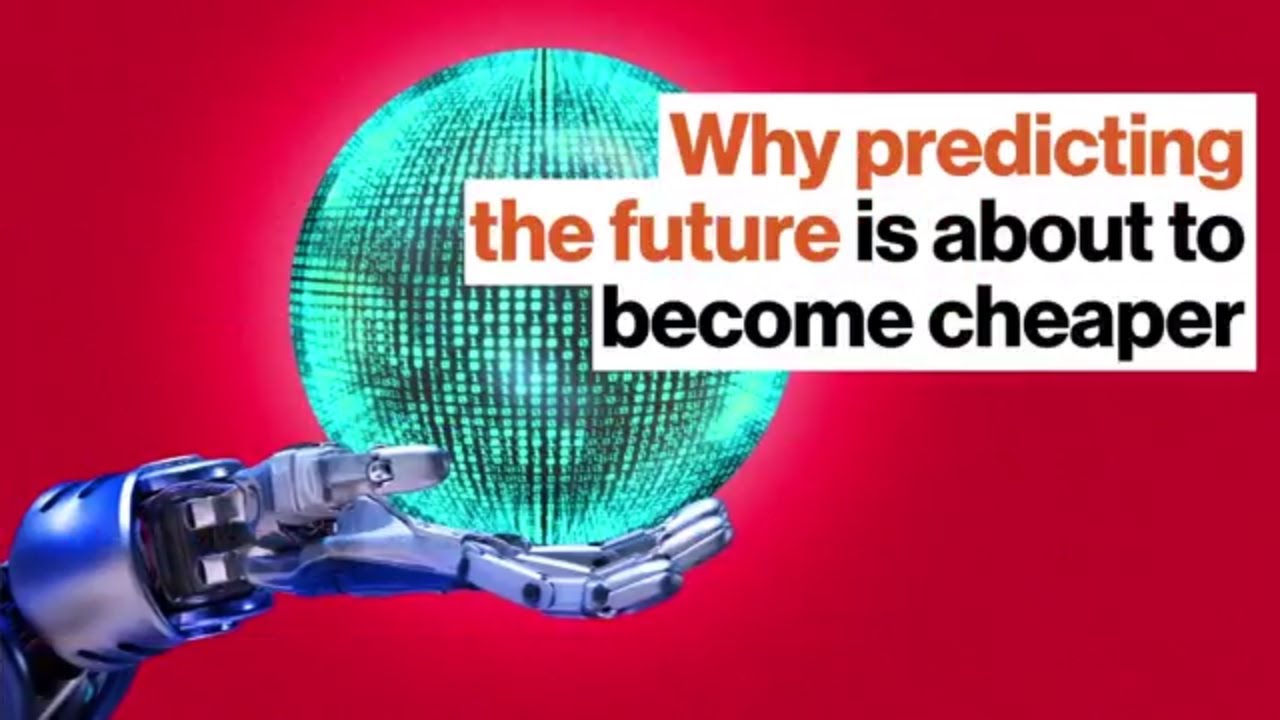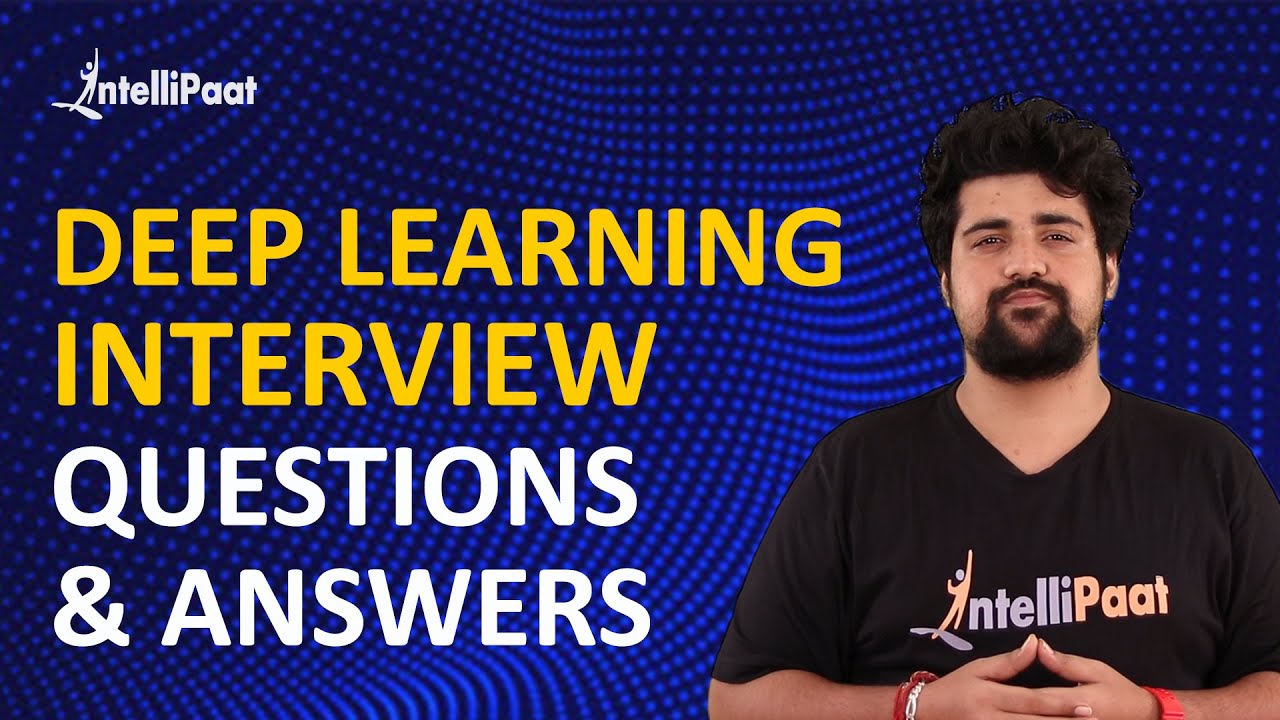When most of us look at A.I. we see magical capabilities. When economists look at A.I. they see something very different. Economist Ajay Agrawal explains: “What economists bring to the conversation is that they are able to look at a fascinating technology like artificial intelligence and strip all the fun and wizardry out of it and reduce A.I. down to a single question, which is, ‘What does this technology reduce the cost of?'” Never has one person taken such delight in stripping the fun from something awesome. But what does A.I. lower the cost of? Predictions, says Agrawal. Intelligent machines can take information we have and use it to generate information we need. Uncertainty is the single biggest hurdle in good decision making, and A.I. can drastically increase certainty in many areas, like automated vehicles, language translation, human resources and medical diagnostics. As A.I. becomes a cheaper technology, its use will become even more widespread. “Where I think it’s really interesting is that when it becomes cheap, we’ll start using it for things that weren’t traditionally prediction problems but we’ll start converting problems into prediction problems to take advantage of the new, cheap prediction.” Ajay Agrawal is the co-author of Prediction Machines: The Simple Economics of Artificial Intelligence.
Read more at BigThink.com: http://bigthink.com/videos/ajay-agrawal-why-predictive-ai-leads-to-better-decision-making
Follow Big Think here:
YouTube: http://goo.gl/CPTsV5
Facebook: https://www.facebook.com/BigThinkdotcom
Twitter: https://twitter.com/bigthink
Transcript: I think economics has something to contribute in terms of our understanding of artificial intelligence because it gives us a different view. So, for example, if you ask a technologist to tell you about the rise of semiconductors they will talk to you about the increasing number of transistors on a chip and all the science underlying the ability to keep doubling the number of transistors every 18 months or so. But if you ask an economist to describe to you the rise of semiconductors they won’t talk about transistors on a chip, instead they’ll talk about a drop in the cost of arithmetic. They’ll say, what’s so powerful about semiconductors is they substantially reduced the cost of arithmetic.
It’s the same with A.I., everybody is fascinated with all the magical things A.I. can do and what economists bring to the conversation is that they are able to look at a fascinating technology like artificial intelligence and strip all the fun and wizardry out of it and reduce A.I. down to a single question, which is, “What does this technology reduce the cost of?” And in the case of A.I. the recent economists think it’s such a foundational technology and why it’s so important it stands in a different category from virtually every other domain of technology that we see today, is because the thing for which it drops the cost is such a foundational input, we use it for so many things; in the case of A.I., that’s prediction.
And so why that’s useful is that as soon as we think of A.I. as a drop in the cost of prediction, first of all, it takes away all the confusion of well, what is this current renaissance in A.I. actually doing? Is it Westworld? Is it C-3PO? Is it a Hal, what is it? And really what it is, it’s simply a drop in the cost of prediction. And we define prediction as taking information you have to generate information you don’t have. So it’s not just through the traditional form of forecasting like taking last months sales and predicting next months sales. It’s also taking, for example, if we have a medical image and we’re looking at a tumor and the data we have is the image and what we don’t have is the classification of the tumor as benign or malignant, the A.I. makes that classification, that’s a form of prediction. And so when something becomes cheap—from economics 101 most people remember there’s a downward sloping demand curve—and so when something becomes cheaper that means we use more of it. And so in the case of prediction as it becomes cheaper we’ll use more and more of it. And so that will take two forms: one is that we’ll use more of it for things we traditionally use prediction for like demand forecasting and supply chain management. But where I think it’s really interesting is that when it becomes cheap, we’ll start using it for things that weren’t traditionally prediction problems but we’ll start converting problems into prediction problems to take advantage of the new, cheap prediction.
So one example is driving. We’ve had autonomous cars for a long time, or autonomous vehicles, but we’ve always used them inside a controlled environment like a factory or a warehouse. And we did that because we had to control the number of—think of it as the if/then statement.
UCvQECJukTDE2i6aCoMnS-Vg
source



